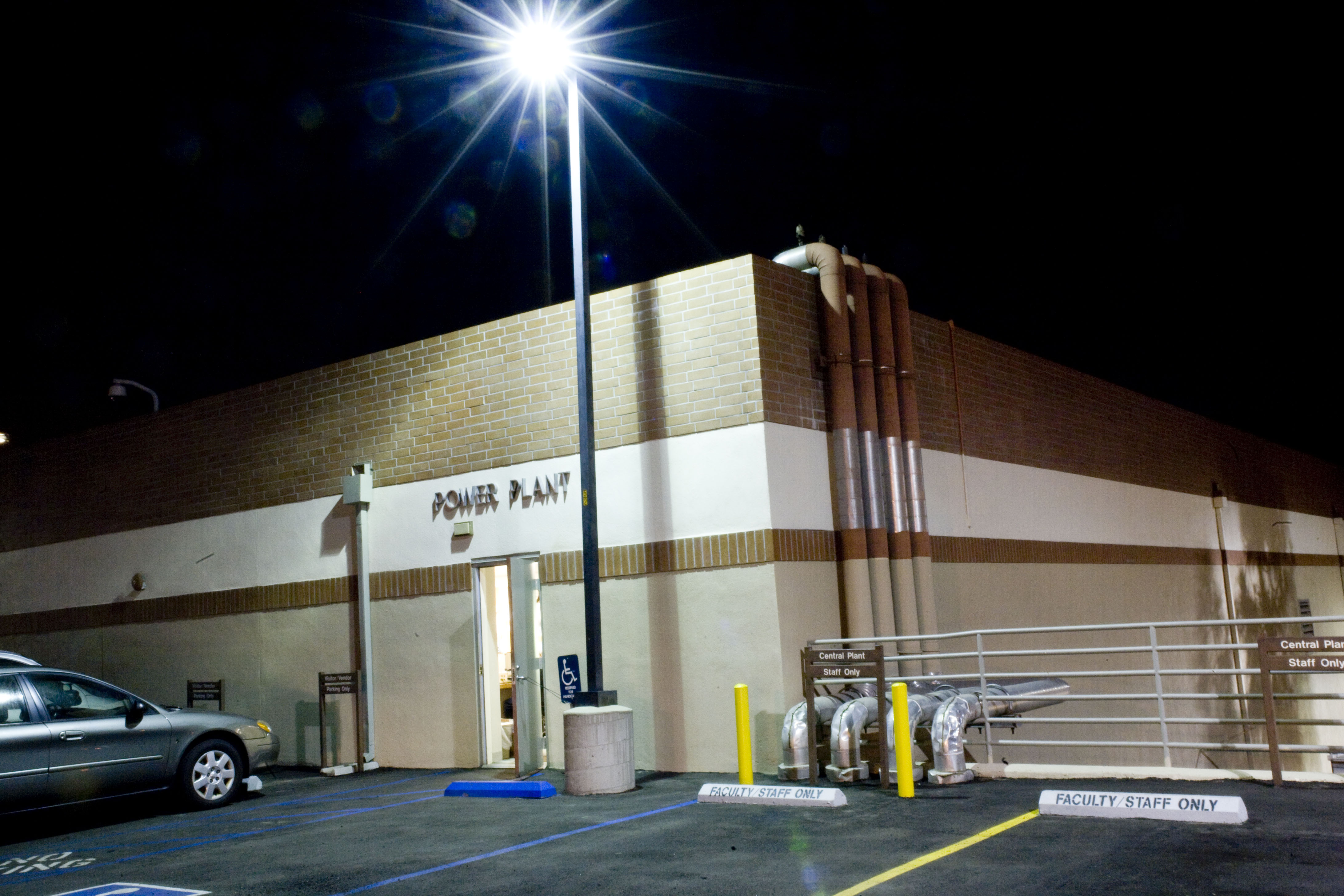Originally published on November 13, 2008.
Recently, three Biola graduate students conducted a study of the Caf and grounds keeping to determine how much effort the school is putting into having a smaller impact on the environment.
The students spoke with Biola faculty involved in each area to find facts about the school’s practices, along with suggestions to help students conserve resources. While researching they found that 20 percent of the Caf food is bought locally to save energy from transportation. On a day-to-day basis they use low voltage lighting, energy efficient ovens, eco-friendly cleaning products, a dishwashing machine that recycles water, and cardboard recycling. They also offer vegetarian menus and donate leftover food to the Salvation Army.
Last year Biola also switched to using four different eco-friendly cleaning products for grounds keeping, and are now working to use microfiber technology for cloths and mops as well as getting more energy-efficient vacuums.
Ken Bascom, senior director of facilities planning/construction, said small changes are being made, and they are looking forward to building an environmentally friendly Talbot building. The new building will have solar panels, an eco-friendly roof and energy efficient windows. The school is also spending a large amount of money to make the building LEED certified, which is a system by the U.S. Green Building Council that ranks buildings on their environmental impact.
“It allows us to demonstrate to our community, and really to the world, that we are committed to this,” said Bascom.
While the school waits for the funds to begin building the Talbot building, steps have been taken to make the already existing buildings more environmentally friendly. In Horton Hall, the builders used 100 percent recycled carpet fiber, and all campus buildings use low wattage light bulbs.
One of the main improvements in recent years was the installation of a central generator that supplies 80 percent of the energy for the whole campus. Not only does the generator create energy, its excess heat is used to heat water at the same time. This saves Biola around $1 million annually.
So how does Biola compare to other area schools? According to the Princeton Review, Stanford, U.C. Berkeley, UC Davis and Point Loma University are leaders in the environmental movement. On a “green” report card, they were given A’s, while Biola received a B- grade. Compared to other California schools, Biola falls somewhat behind in the recycling department since the cost to implement it and pay for collection costs money and uses more energy than it would save.
For students who are looking to be kinder to the environment, faculty members say there are a variety of small things they can do to make a big impact. Caf workers say students can cut down on waste by taking less food and not using trays. The Caf daily throws away hundreds of pounds of food that students leave on their plates, and not using trays saves the water and energy used to clean them.
Grounds keeping workers say that on campus in general, students can help out by putting waste in the trashcans and using the recycling that is available. They can also avoid putting liquids in the trash, which often spill and make it necessary to clean the carpet, and also clean the bathrooms regularly if in a suite, which eliminates the need to use hard chemicals at the end of the year.
Pat and Danny, two of the students who conducted the study, said small steps like turning off the lights and air conditioning when not in the room, turning off running water, and unplugging chargers when not in use add up to save large amounts of energy.
Bascom acknowledged there are many improvements still to be made, but said the administration has made it clear that they are committed to making Biola more environmentally friendly.
“We believe it’s the right thing to do,” said Bascom. “The rest of the buildings we build at Biola from now on are going to meet that standard.”







